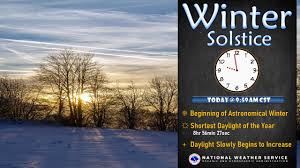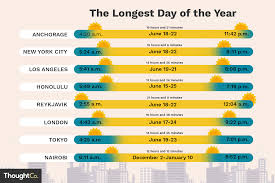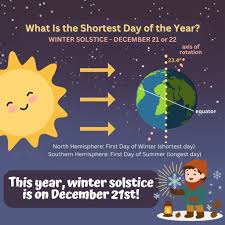Understanding the Upcoming Solar Eclipse Events
Introduction to Solar Eclipses
A solar eclipse is a rare astronomical event that occurs when the moon passes between the Earth and the sun, casting a shadow on the Earth. The significance of solar eclipses stretches far beyond their visual spectacle; they have long been a source of intrigue and scientific inquiry. As events that draw attention globally, they also encourage public interest in astronomy, advancing education and engagement with science.
Details of the Upcoming Solar Eclipse
On April 8, 2024, a total solar eclipse will be visible across North America, providing a unique opportunity for millions to witness this awe-inspiring phenomenon. According to NASA, the path of totality will touch several states from Texas to Maine, allowing those within this corridor to experience complete darkness during the day for several minutes. This eclipse follows a much-viewed total solar eclipse that occurred on August 21, 2017, which highlighted the growing enthusiasm for solar viewing events across the continent.
The next annual solar eclipse is scheduled to transpire on October 14, 2023. This eclipse, known as a ring of fire solar eclipse, will not provide totality but will be marked by the moon covering the centre of the sun, leaving a fiery ring visible around the edges. Observers in the western United States, Central America, and northern South America will have the best views.
The Significance of Solar Eclipses
Solar eclipses offer critical opportunities for scientific research, particularly in the field of solar and planetary sciences. They allow scientists to study the solar corona, or outer atmosphere of the sun, which is not normally visible during the sun’s brightness. Research has led to significant discoveries including insights into solar flares and their impacts on Earth’s atmosphere.
Moreover, solar eclipses are significant cultural phenomena, often representing historical events or mythological stories in various cultures. This not only enriches the historical understanding of humanity but also underscores the collective human fascination with the cosmos.
Conclusion
As we anticipate the upcoming solar eclipse events, it is essential for enthusiasts and casual observers alike to prepare for safe viewing. Protective eyewear and viewing glasses specifically designed for solar observation are crucial to protect viewers’ eyes from harm. Educational institutions and observatories are likely to host events that cater to public interest, fostering a community of astronomy lovers. Understanding these celestial events is invaluable, as they allow us to connect with the universe while deepening our appreciation for the science behind these extraordinary occurrences.









